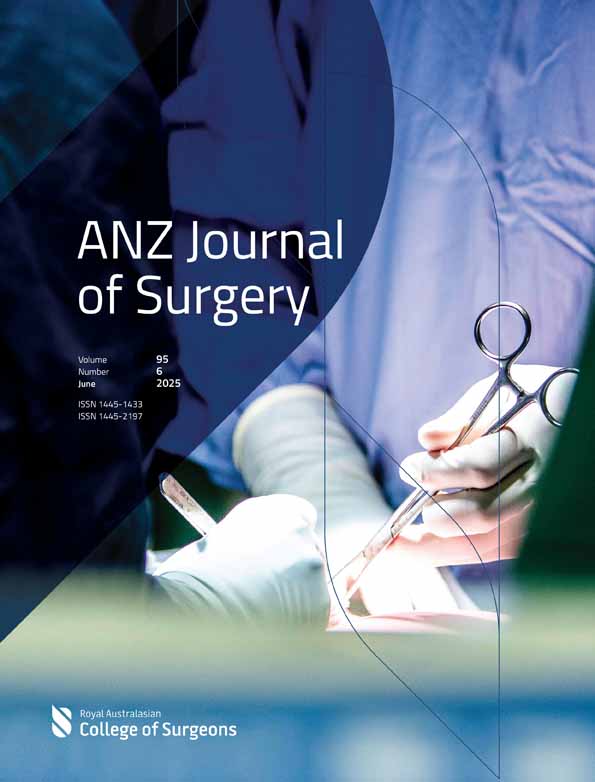FRANTZ'S TUMOUR: PAPILLARY AND CYSTIC CARCINOMA OF THE PANCREAS
Abstract
Frantz's tumour (papillary and cystic tumour) of the pancreas is a rare neoplasm usually seen in young women. It is of low grade malignancy and deserves special note among pancreatic malignancies as it is frequently amenable to local resection and has a good long-term survival rate after excision. Three such cases have been treated at Westmead Hospital, one young male and two females. In two the disease was confined to the pancreas. In one, local invasion outside the pancreas and trans-coelomic spread to the ovaries was present at the time of diagnosis. Complete surgical removal of macroscopic disease was achieved in all three and all remain disease free between 2 and 4 years post-surgery. All have good exocrine and endocrine pancreatic function. These cases are discussed in detail. The need to be aware of this uncommon variant of pancreatic cancer is stressed. Investigation and treatment options are reviewed. The role of cytology studies in diagnosis and the potential for long-term surgical control of this tumour are highlighted on the basis of our limited experience and that presented in recent surgical literature.




